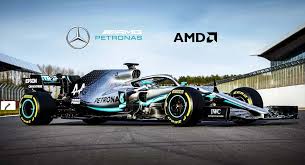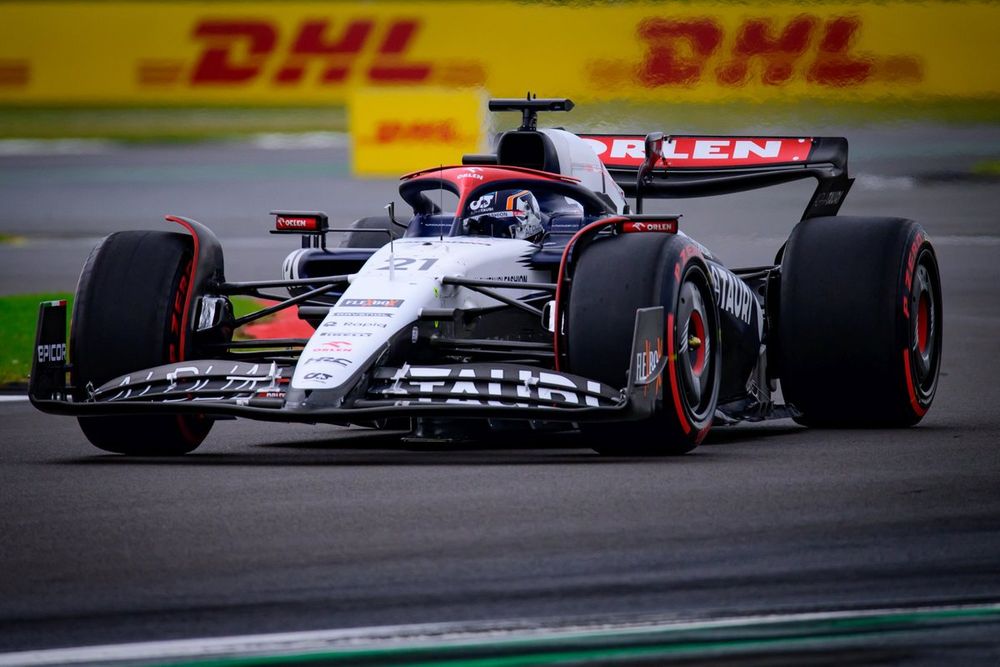Formula1
RB20

Just as everyone else has moved in the direction of what Red Bull developed in the first year of these laws, Red Bull appears to have made a huge evolutionary stride.
Just as everyone else has moved in the direction of what Red Bull developed in the first year of these laws, Red Bull appears to have made a huge evolutionary stride.
The most striking element of an otherwise simple design is the upright radiator inlet, which is positioned tightly inboard and extends to the bottom of the chassis.
The intake has a fundamentally different purpose, but it has a design that is close to the original Mercedes zero sidepod from 2022. Mercedes used the shape to lower the sidepods, whereas Red Bull retained the sidepods and used the vertical inlet design to give them a truly enormous undercut at the front.
The most striking element of an otherwise simple design is the upright radiator inlet, which is positioned tightly inboard and extends to the bottom of the chassis.
The intake has a fundamentally different purpose, but it has a design that is close to the original Mercedes zero sidepod from 2022. Mercedes used the shape to lower the sidepods, whereas Red Bull retained the sidepods and used the vertical inlet design to give them a truly enormous undercut at the front.

It looks to have a very different aerodynamic concept from the previous two years’ Red Bulls as well as the outdated zero-pod Mercedes.
These coolers can be ever-smaller while maintaining the same capacity to reject heat thanks to advancements in radiator technology. The radiators in the RB20 can now be positioned lower thanks to this and Red Bull’s skillful shaping of the radiators into stunning compound curve shapes, which was first demonstrated in the RB19 last year, allowing the surrounding bodywork to be molded for maximum aerodynamic impact.
The radiator section, which was previously located high up around the centerline, has been shifted lower. This has allowed the team to reevaluate the best arrangement for the entire car in addition to lowering the center of gravity.
In line with the radiators’ lowered height, the inlet is positioned lower as well, now resting below rather than above a bodywork lip. However, placing a horizontal inlet lower would have taken up important room for the undercut, which accelerates airflow from the floor’s edges in the direction of the diffuser’s exterior. Restructuring to a vertical shape has made it possible to improve the undercut and lower the inlet.

The extremely high bodywork shoulders, which create a dip between them and the engine cover (another resemblance to the ’22-23 Mercedes), suggest the path taken by the cooling air carrying heat away from the radiators to the back of the vehicle. The sidepods below are far less substantial than before and have a profile that almost resembles a classic aerofoil.
The rear upper bodywork is very short and ramps down at a steep angle, providing masses of room ahead of the rear wing, in addition to the alterations made to the cooling system due to the re-siting and miniaturization of the radiators. The sidepod is the same length, adding extra volume to improve airflow around the diffuser.
The purpose of this drastic overhaul of upper bodywork is to maximize the performance of the invisible underfloor component. The opposition will undoubtedly be terrified of this before the season begins because the shape of the venturi tunnels will have been re-optimized with a stronger airflow around the sidepods and along the floor edges.



